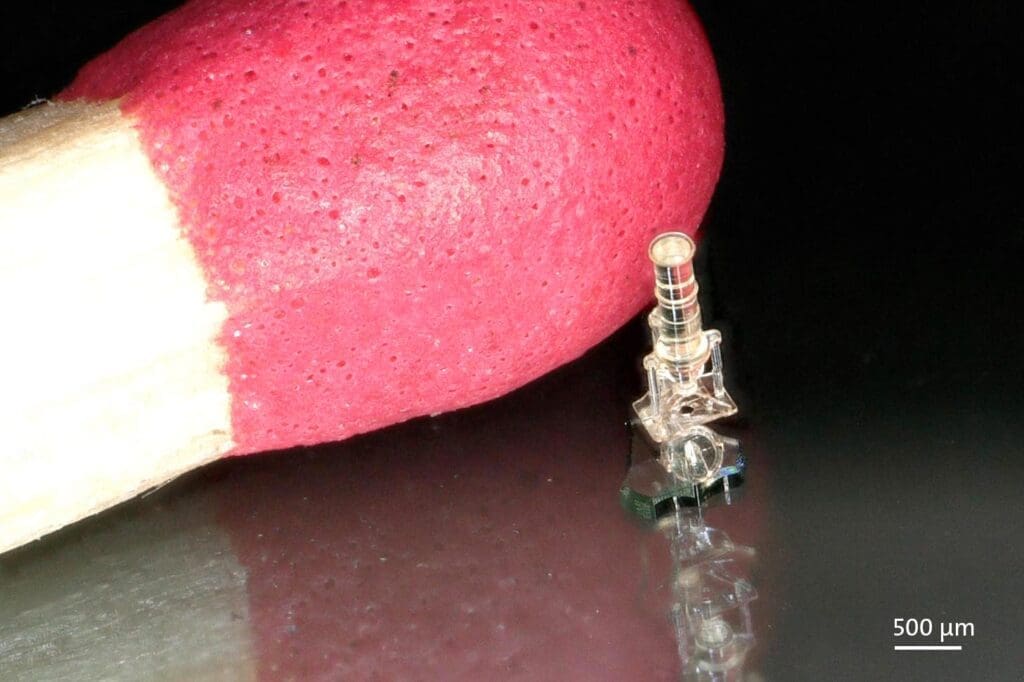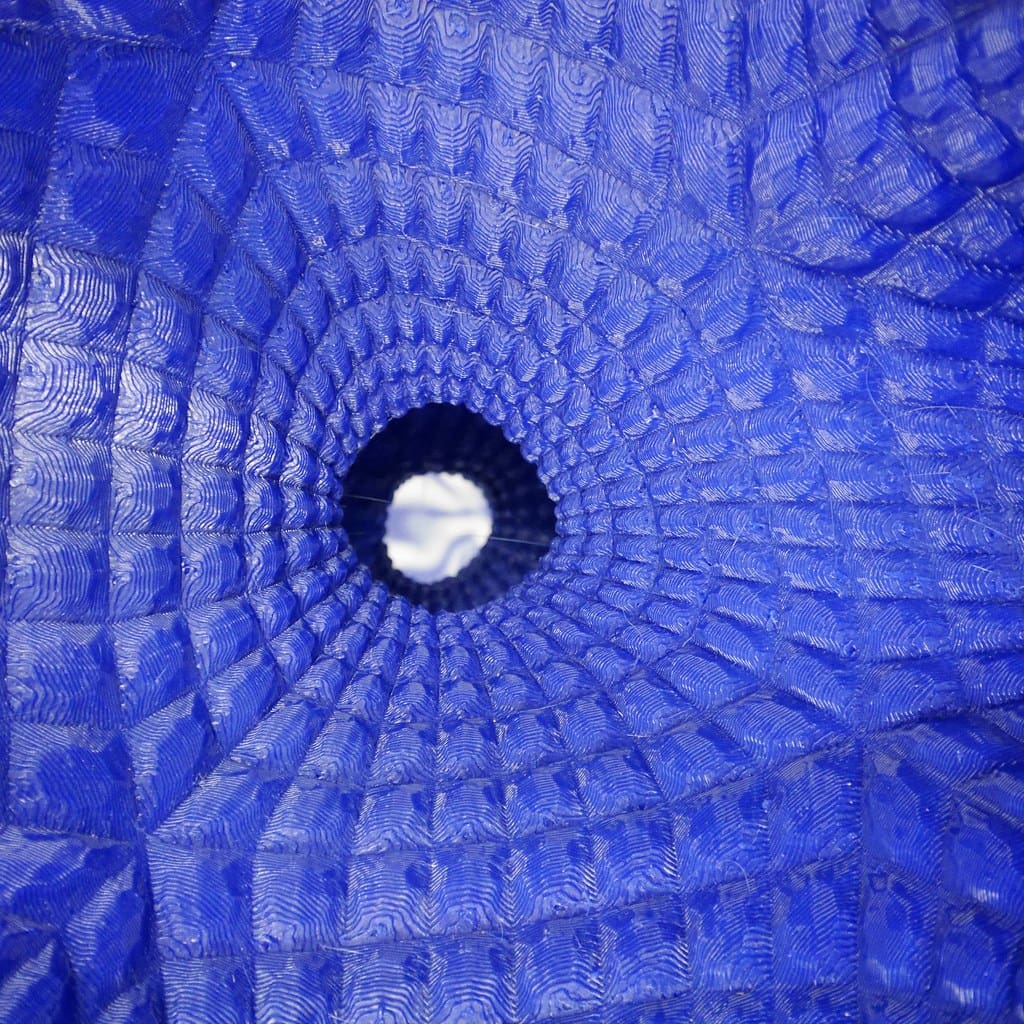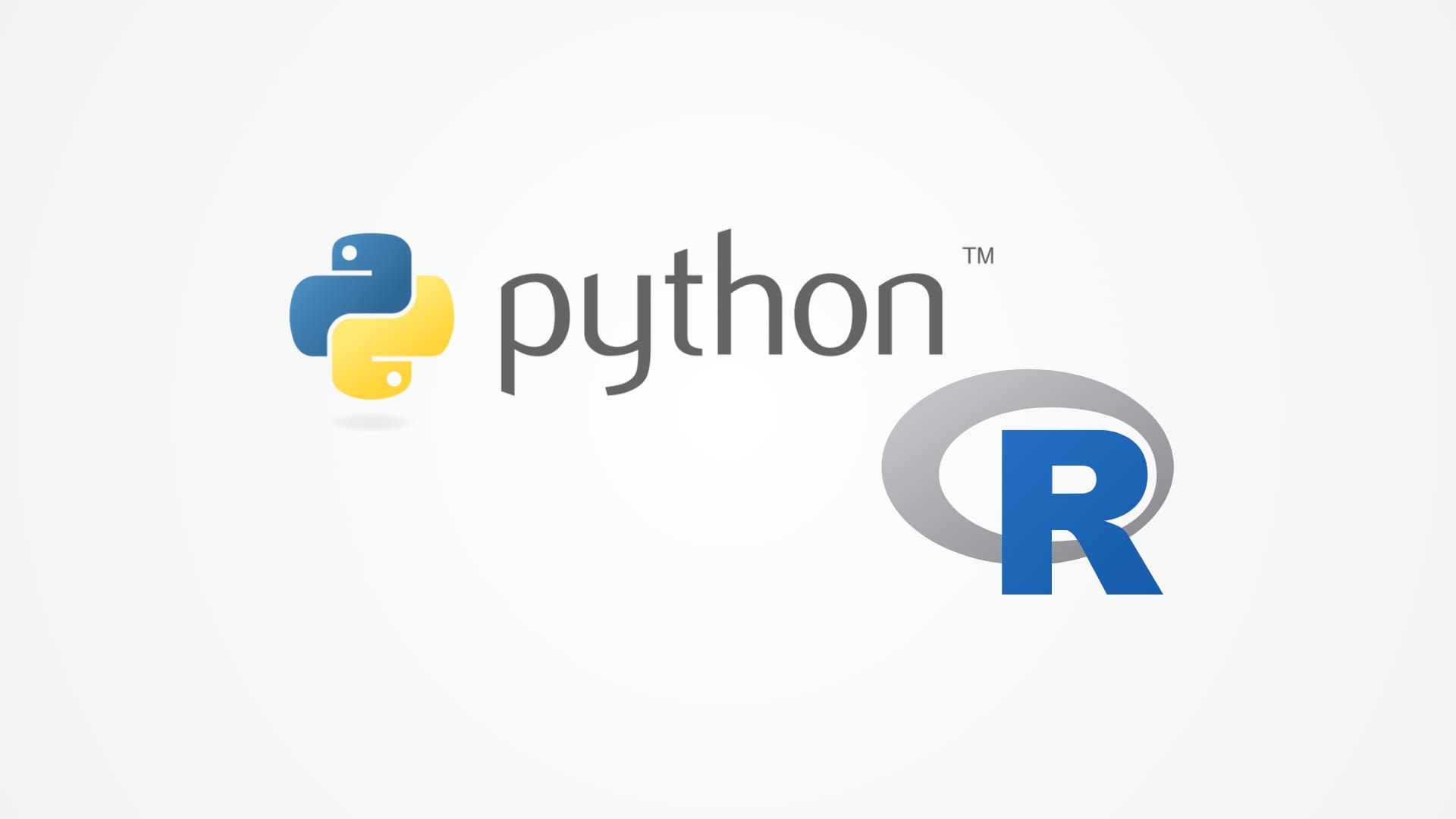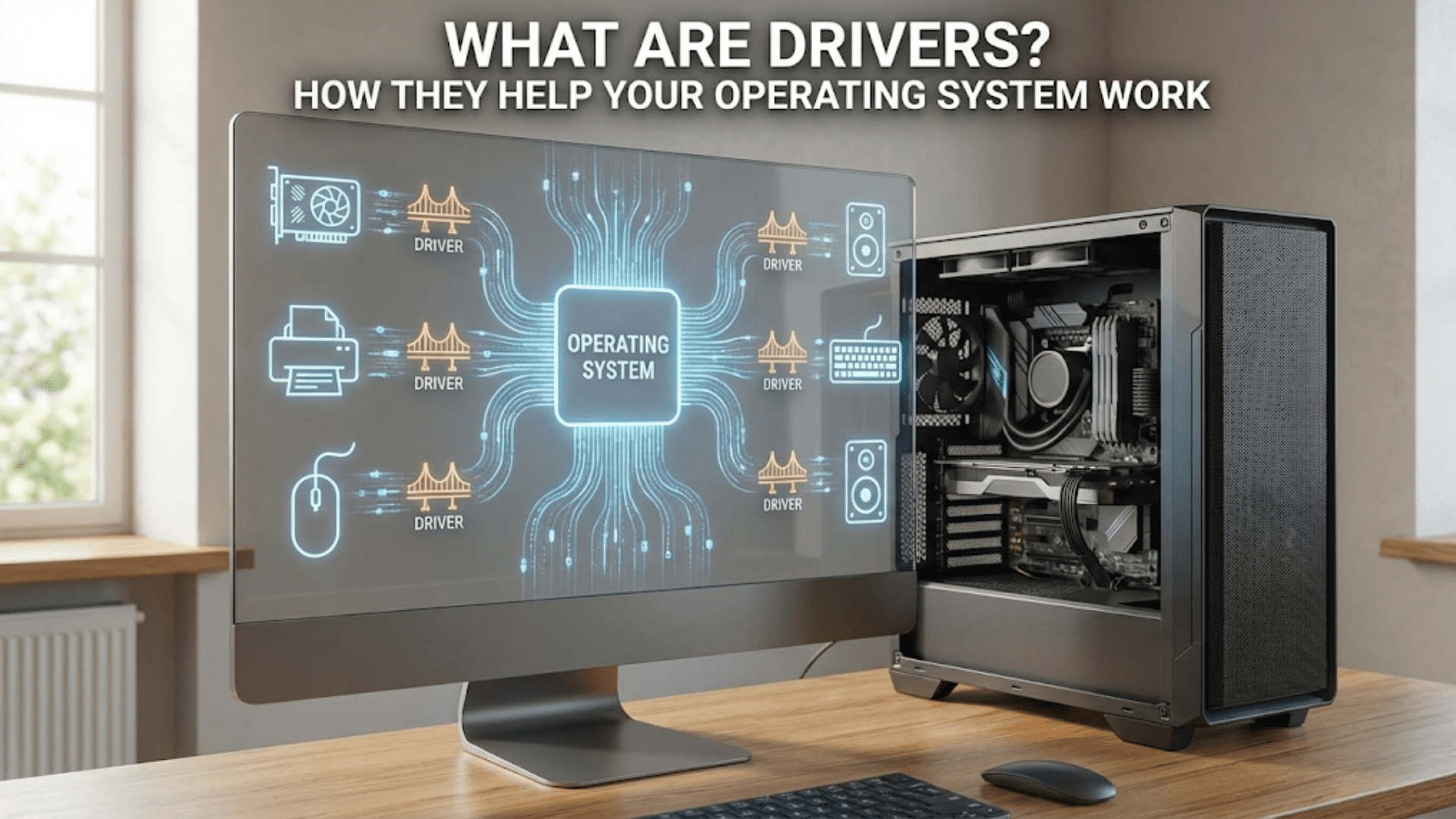Biomedical optics refers to the application of optical techniques and technologies to the study, diagnosis, and treatment of biological materials, cells, and tissues. This interdisciplinary field combines principles from physics, medicine, and engineering to develop non-invasive imaging systems, therapeutic devices, and sensors that enhance medical procedures and patient care. The use of light, ranging from ultraviolet to near-infrared, allows for the precise visualization, manipulation, and analysis of biological structures at various scales.
Foundations of Biomedical Optics
The core of biomedical optics lies in its ability to harness the interactions between light and biological tissues to extract, process, and interpret data. Techniques such as fluorescence microscopy, optical coherence tomography (OCT), and laser surgery are pivotal in advancing clinical diagnostics and therapies. The field is built on several key optical phenomena, including absorption, scattering, fluorescence, and refraction, each providing unique insights into the molecular and structural composition of tissues.

Key Technologies in Biomedical Optics
Optical Coherence Tomography (OCT): OCT is a non-invasive imaging technique that provides high-resolution, cross-sectional images of tissues, enabling the early detection and diagnosis of diseases such as glaucoma, retinal disorders, and skin cancer.
Fluorescence Microscopy: This technique uses fluorescence to visualize specific components of cells and tissues with high specificity and sensitivity. It is crucial in research and clinical diagnostics for mapping cellular structures, identifying cancerous cells, or tracking dynamic biological processes.
Photoacoustic Imaging: Combining optical and ultrasound technology, photoacoustic imaging can visualize the functional and molecular aspects of tissues at greater depths than traditional optical methods. It is particularly useful for examining vascular structures and tumor angiogenesis.
Laser Therapy: Lasers provide a controlled source of light used in various therapeutic contexts, such as surgical cutting, tissue ablation, and the targeted destruction of tumors. Laser therapy offers the advantages of precision, minimized bleeding, and reduced post-operative recovery times.
Applications of Biomedical Optics
Disease Diagnosis and Management: Biomedical optics is instrumental in diagnosing and managing a wide range of diseases. For example, imaging techniques like OCT and infrared spectroscopy can identify early signs of diseases that are not detectable by conventional imaging methods.
Surgical Guidance and Intervention: Optical technologies guide surgeons during procedures, offering real-time, detailed images of the surgical site. Fluorescent dyes and markers highlight critical structures, helping to minimize damage to healthy tissues and improve surgical outcomes.
Therapeutic Monitoring: In situ monitoring of treatment effects is possible with biomedical optics, allowing clinicians to adjust therapeutic protocols dynamically based on the optical feedback received from tissue responses.
Drug Development: Optical methods are used in drug development to study the mechanisms of drug action at the cellular level, screen drug candidates, and validate efficacy, significantly speeding up the development process.

Challenges and Future Directions
Depth Penetration: One of the limitations of current biomedical optical techniques is the depth of penetration into tissue, which is constrained by light scattering and absorption. Research is ongoing to develop methods that can probe deeper without compromising resolution or damaging tissues.
Integration and Miniaturization: Advancing the integration of optical devices into smaller, more portable units that can be easily used in a clinical setting or even for in-home care is a significant trend. Miniaturized devices expand the applications of biomedical optics in everyday healthcare.
Multimodal Imaging: Combining various optical imaging techniques into a single platform offers comprehensive diagnostic capabilities by capturing different types of information (structural, functional, molecular) from the same tissue region.
Quantitative Imaging: Developing standardized, quantitative imaging protocols that can be universally applied across different machines and settings is essential for the broader adoption and clinical acceptance of optical imaging techniques.
Biomedical optics continues to be a vibrant area of research and development, driven by the need for better diagnostic tools and more effective therapeutic solutions. As the technology evolves, it promises to deepen our understanding of biological systems, improve the accuracy of medical diagnoses, and enhance the efficacy of treatments. With ongoing innovations in optical science and technology, the future of healthcare looks increasingly bright, guided by the light of biomedical optics.








